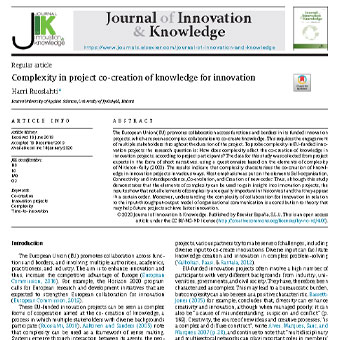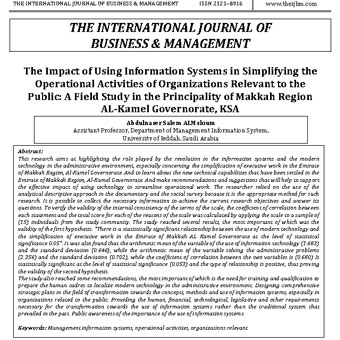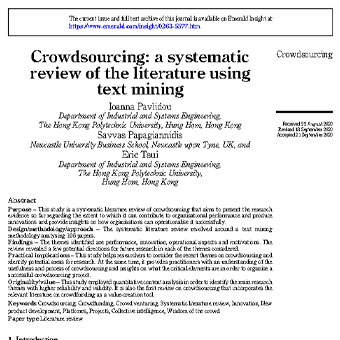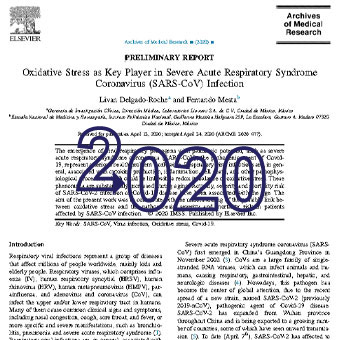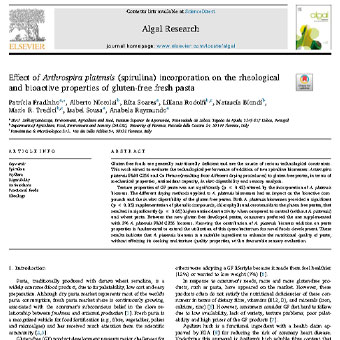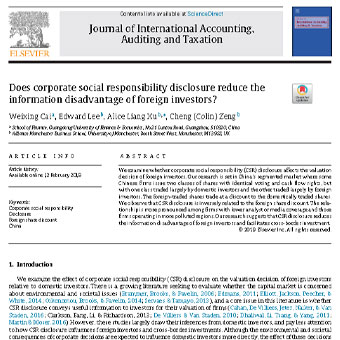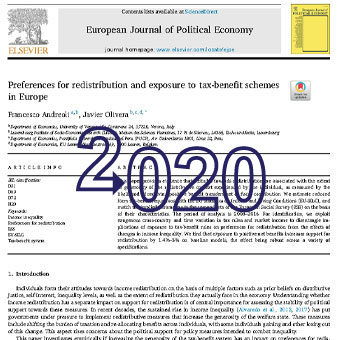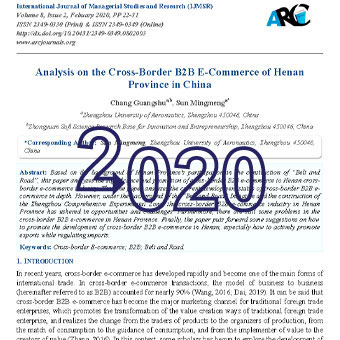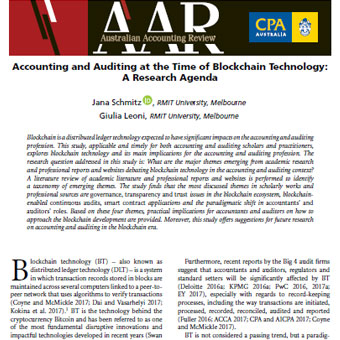عنوان فارسی مقاله:پیچیدگی در خلق و هم آفرینی دانش پروژه برای نوآوری
چکیده
اتحادیه اروپا در پروژههای نوآوری تأمین اعتبار خود، که به عنوان همکاری پیچیده برای ایجاد دانش مشترک شناخته میشود، همکاری بین بخشها و مرزها را ارتقا میبخشد. این امر مستلزم تعامل چندین ذینفع در طول مدت اجرای پروژه است. برای بررسی پیچیدگی در پروژههای نوآوری بودجهای توسط اتحادیه اروپا، سؤال تحقیق این است: طبق گفته شرکت کنندگان در پروژه، پیچیدگی چگونه بر ایجاد دانش مشترک در پروژههای نوآوری تأثیر میگذارد؟ دادههای این مطالعه با استفاده از پرسشنامه پیچیدگی از متخصصان پروژه به صورت روایتهای کوتاه جمع آوری شد. نتایج نشان میدهد که پیچیدگی از ویژگیهای مشترک ایجاد دانش در پروژههای نوآوری از طرق مختلف است. بیشترین تأکید بر عناصر خود سازماندهی، ارتباط و وابستگی متقابل، همكاری و ایجاد نظم جدید بود. بنابراین، اگرچه این مطالعه نشان میدهد که میتوان از عناصر پیچیدگی برای بینش در پروژههای نوآوری استفاده کرد، اما نتایج نشان میدهد که همه عناصر پیچیدگی در این زمینه به یک اندازه مهم نیستند و به ترتیب خاصی ظاهر میشوند. علاوه بر این، درک پیچیدگی همکاری برای نوآوری در رابطه با مدل ورودی – توان – خروجی ارتباطات سازمانی ممکن است به پروژههای آینده برای دستیابی به نوآوری سریعتر کمک کند(هم آفرینی دانش پروژه برای نوآوری).
- لینک دانلود فایل بلافاصله بعد از پرداخت وجه به نمایش در خواهد آمد.
- همچنین لینک دانلود به ایمیل شما ارسال خواهد شد به همین دلیل ایمیل خود را به دقت وارد نمایید.
- ممکن است ایمیل ارسالی به پوشه اسپم یا Bulk ایمیل شما ارسال شده باشد.
- در صورتی که به هر دلیلی موفق به دانلود فایل مورد نظر نشدید با ما تماس بگیرید.
 متن به فارسی | ترجمه مقالات و متون علمی | ترجمه و دانلود مقالات و انواع متون علمی و ادبی و پذیرش سفارش ترجمه
متن به فارسی | ترجمه مقالات و متون علمی | ترجمه و دانلود مقالات و انواع متون علمی و ادبی و پذیرش سفارش ترجمه
